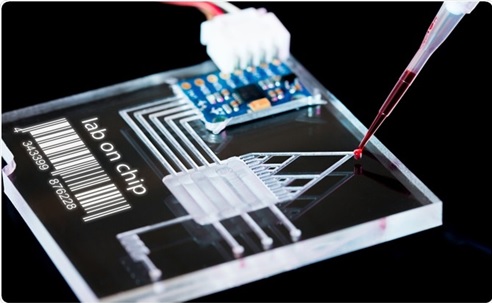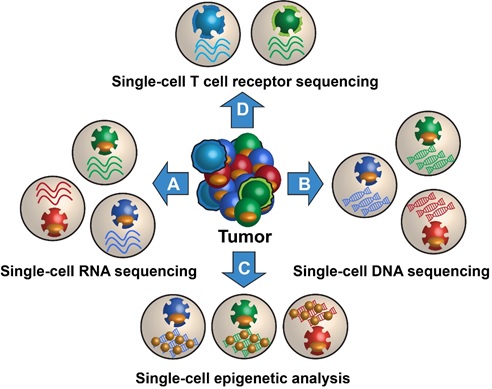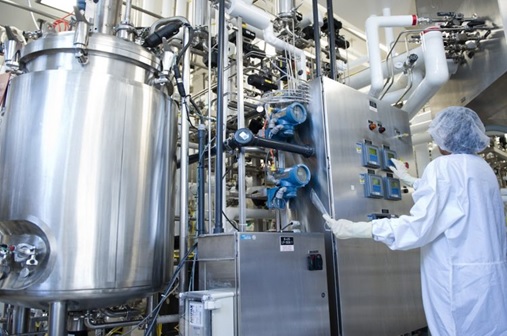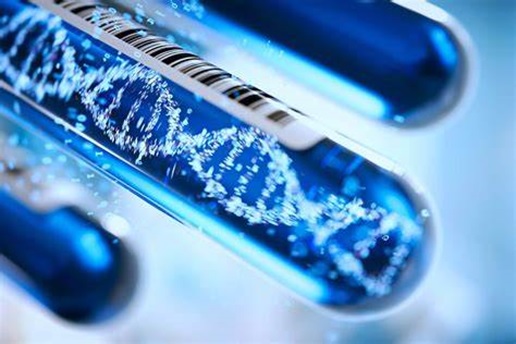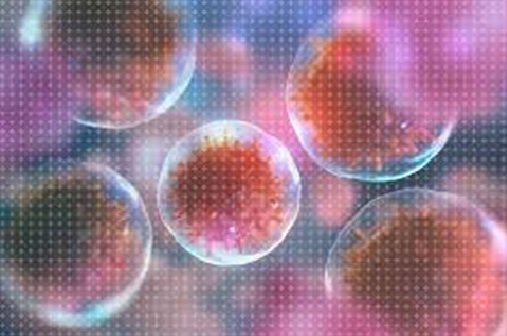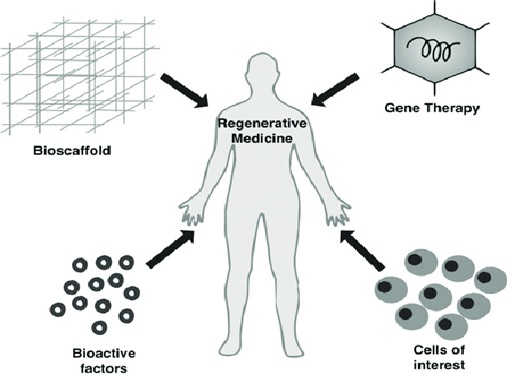Strategies for Aptamer-Based Biosensors
Nucleic-acid aptamers have attracted intense interest and found wide applications in a range of areas. In this review, we summarize recent advances in the development of aptamer-based biosensors and bioassay methods, most of which have employed electrochemical, optical and mass-sensitive analytical techniques. Aptamers exhibit many advantages as recognition elements in biosensing when compared to traditional antibodies. They are small in size, chemically stable and cost effective. More importantly, aptamers offer remarkable flexibility and convenience in the design of their structures, which has led to novel biosensors that have exhibited high sensitivity and selectivity.[1]
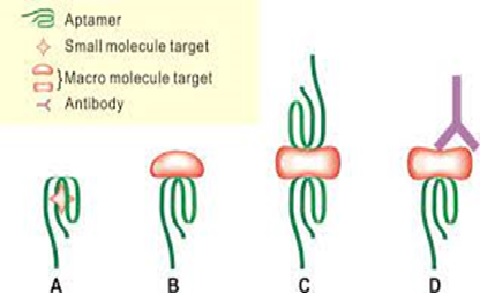
Figure 1. The Strategies for Aptamer – Based Biosensors
Figure 1 shows Strategies for the Construction of Aptamer-Based Biosensors
As is well known, aptamers interact with their targets and form special three dimensional conformations. According to the relative spatial positions of targets and aptamers in the target-aptamer complexes, the targets could be divided into two groups: embedded group and outside-binding group. The ligands belong to embedded group are usually buried within a small binding pocket formed by special oligonucleotides sequence of aptamers. Small molecules, such as ATP , cocaine, K+and theophylline, are typical targets of this group. Because of the embedment of the ligands, the design strategies mainly concern on the manipulation of the aptamers. Biomacromolecules, typically protein targets, which possess complicated spatial structures, belong to the outside-binding group. Some proteins, such as thrombin, platelet-derived growth factor-BB (PDGF-BB), have more than one aptamer-binding site, which could offer diverse designs of sensing strategies.
Till now, plenty of research works concerned with the fabrication of aptamer-based biosensors have been reported. These biosensors were well-constructed by a variety of methodologies, including electrochemical biosensors, optical biosensors, mass-sensitive biosensors, etc. However, the design strategies of most of these biosensors have some versatile or analogical elements. Thus, we try to divide these strategies into four modes: (a) target-induced structure switching mode; (b) sandwich or sandwich like mode; (c) target-induced dissociation or displacement mode; (d) competitive replacement mode.[2]
Aptamer Sensors
Nucleic acid-based aptamers are single-stranded DNA or short RNA sequences, isolated in vitro from a library of synthetic oligonucleotides using an automated technique named SELEX (selection evolution of ligands by exponential enrichment), first described in 1990. Oligonucleotides from the library are selected according to their affinity toward a target molecule, looking for the best selectivity and specificity. Aptamers, since their discovery, have attracted the attention of researchers. They started as therapeutic agents and in a few years they become a hot subject in analytical chemistry as well.[3]
Future of Aptamer
Aptamers have been considered to be “chemical antibodies” that are capable of recognizing and binding targets with high affinity and selectivity that are similar or even superior to antibodies. With these unique advantages, aptasensors have been widely developed for the detection of mycotoxins and have attracted more and more attention from researches. However, for practical samples, such as food and agricultural products, antibody-based immunoassays are mainly used, while the application of aptamer-based biosensors in the detection of mycotoxins is still in varying stages of scientific research. Up until now, no commercial kit based on aptamers has been produced and applied. In our opinion, there are several reasons for this. First of all, traditional antibody preparation needs animal experiments and is thus difficult to prepare in large quantities through chemical synthesis, and antibody preparation technology can also be monopolized due to technical barriers. However, once the aptamer is screened successfully, the sequence of aptamer will be disclosed and can be prepared in large quantities through chemical synthesis, which is difficult to form technical barriers for commercial companies. Secondly, the affinity of aptamers is generally weaker than that of antibodies. In the application of complex systems, affinity and sensitivity are always a challenge. [4]
References:
- https://www.sciencedirect.com/science/article/abs/pii/S0165993607002658
- https://www.ncbi.nlm.nih.gov/pmc/articles/PMC3292130/
- https://www.ncbi.nlm.nih.gov/pmc/articles/PMC5371778/
- https://www.frontiersin.org/articles/10.3389/fchem.2020.00195/full
Cite this article:
Thanusri swetha J (2021), Strategies for Aptammer- Based Biosensors, AnaTechMaz, pp. 20



